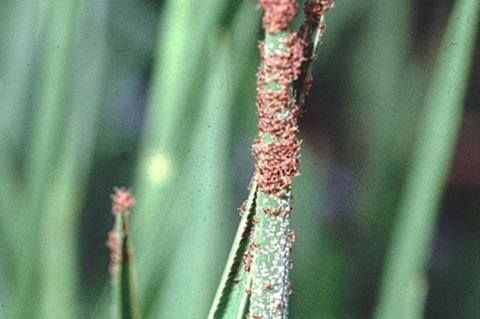Distribution of the bacterium flora in ticks has an essential role in mapping and preventing local tick-borne diseases. A new study published in Zoonoses maps the bacterium flora and identifies the main pathogens in ticks in grazing areas of Yunnan province.

The V3-V4 region of 16S rRNA amplifier sequencing was used to analyze the tick-borne pathogens in Rhipicephalus microplus. A prevalence survey on B. burgdorferi s.l., B. miyamotoi, E. chaffeensis, A. phagocytophilum, Coxiella burnetiid, and the spotted fever group rickettsiae was carried out using PCR. Phylogenetic analysis was used to identify and cluster the main prevalent microbe amplicons.
Pathogens in ticks
One hundred five genera and 117 species were detected in 50 ticks. Rickettsia, Anaplasma, Borrelia, Coxiella, and Ehrlichia were identified in tick samples by high-throughput sequencing at the genus level. Pathogen prevalence testing showed that the ticks were positive for B. burgdorferi s.l. (9/50 [18%]), A. phagocytophilum (1/50 [2%]), and the spotted fever group rickettsiae (35/50 [70%]), which were closely related to Candidatus R. jiangxinensis.
The spotted fever group rickettsiae was the dominant pathogen in Xishuangbanna. Dual co-infection (1/50 [14%]) with Candidatus R. jiangxinensis and Borrelia garinii was demonstrated. V3-V4 high-throughput sequencing of the 16S rRNA gene was not sensitive enough to identify species for some bacteria, so more accurate and comprehensive analysis is necessary.







No comments yet